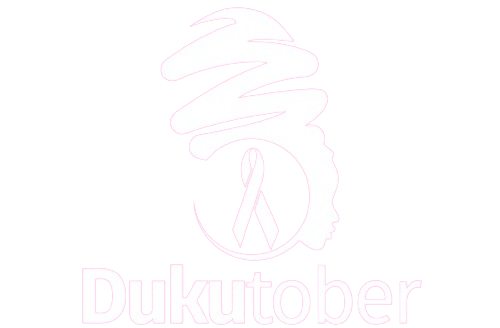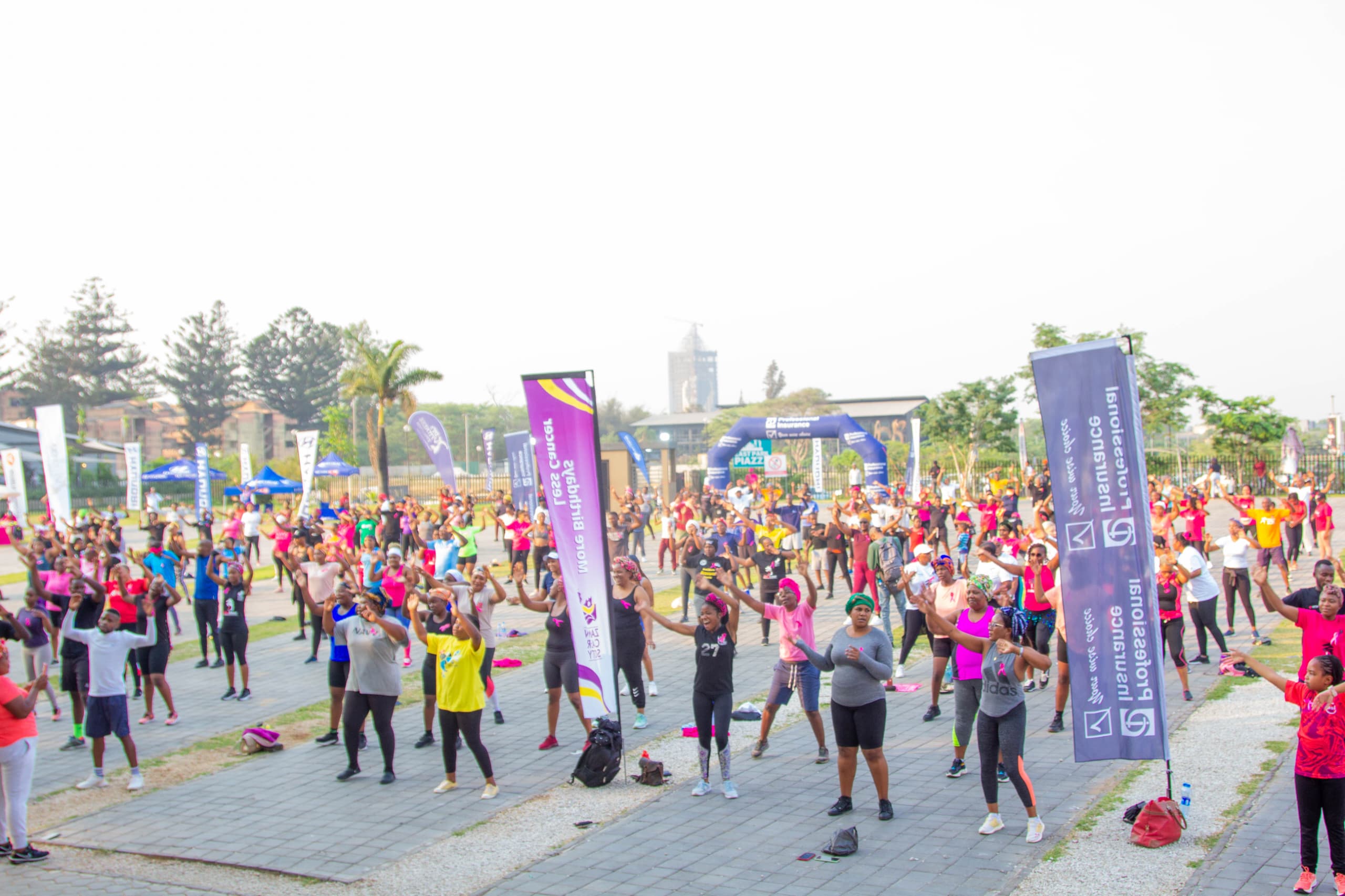Performing regular breast self-exams (BSE) is a crucial part of early breast cancer detection.
WHY IT’S IMPORTANT:
– Early detection of breast cancer can significantly increase the chances of successful treatment.
– Breast self-exams help familiarise you with your breasts’ normal feel, making it easier to identify any changes.
WHEN TO PERFORM A BREAST SELF-EXAM:
– If you menstruate: 3-5 days after your period ends, when breasts are less tender.
_ If you no longer menstruate: Choose a specific day of the month and be consistent.
HOW TO PERFORM A BREAST SELF-EXAM:
1. Visual inspection: Stand in front of a mirror and look for any changes in: (See the 12 signs of breast cancer in the picture below)
– Size or shape of breasts
– Skin dimpling, puckering, or redness
– Nipple inversion or discharge
2. Manual examination:
– Lie down with a pillow under your right shoulder.
– Using the pads of your three middle fingers, feel your right breast with light, medium, and firm pressure, eith6in a circular motion or up and down, covering the entire breast, from your armpit to the collar bone collarbone to the bottom of your ribcage.
– Repeat on the left breast.
– You can also perform the exam while standing or sitting.
Additional Tips:
– Be gentle but thorough.
– Get familiar with the feel of your breasts to easily notice any abnormalities.
– If you find anything unusual, don’t hesitate to see your health care provider.
NOTE that this content is for information purposes only. Having these signs does not automatically mean you have breast cancer as they can be caused by other factors like infection. See your health care provider for any health concerns.
Remember, early detection is key! Regularly checking your breasts is a simple yet powerful way to take charge of your health.










